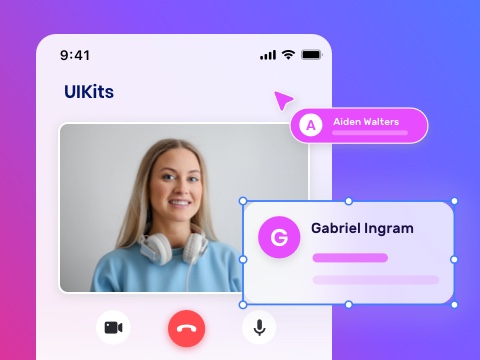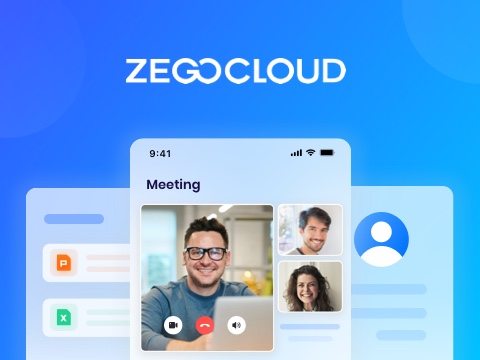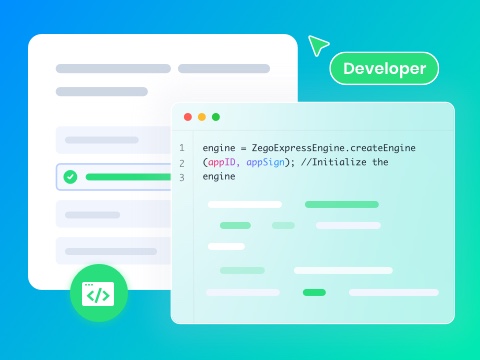Do you know anything about MEAN stack and its significance in web development? It’s a collection of technologies enabling developers to create dynamic and scalable web apps. Leveraging 4 main components, this technology is becoming integral to streamlining the coding process. Thus, if you desire to create a functional and competitive application, explore this article to learn about the MEAN stack in detail.
What is the MEAN Stack?
If you are wondering what is MEAN stack, it’s a JavaScript-based framework that is used to generate web-based applications. The term MEAN is an acronym that features four main components of the stack such as MongoDB, Express.js, Angular.js, and Node.js. Besides, MongoDB is a database that has the capability of storing data flexibly, letting developers manage the information seamlessly.
Furthermore, Express.js is a framework for Node.js to build server applications and APIs to develop scalable services. Angular.js, on the contrary, is a front-end development framework that enables developers to create intuitive interfaces for users of all experiences. Finally, Node.js handles the effective running of JavaScript on the server side to manage application functions.
5 Benefits of MEAN Stack
As a MEAN stack developer, you should be aware of its significance in improving the usage in web application development. Thus, the section covers comprehensive details to offer you an enhanced understanding of this technology.
- Single Language Stack: The best part about MEAN stack is its ability to use a single programming language, JavaScript, for both front and backend development. This means that developers can easily manage and develop applications in entire applications instead of switching across frameworks.
- Optimal Performance: Moreover, it features Node.js, known for its speed and efficiency in web development. Using this, users can ensure that their app receives various requests without affecting the app’s performance.
- Flexible and Scalable: Since the MongoDB database is used in the MEAN stack, it is flexible and holds the ability to store numerous types of data. Therefore, if you want to boost the application usage, this capability lets you handle more users and data seamlessly.
- Easy to Learn: As the MEAN stack uses the unified language JavaScript in all the components, it’s easier for the developers to switch between them. By reducing the learning curve requirements, developers can easily focus on web application developers to boost users’ experience.
- Robust Community Support: Every component of the MEAN stack features a large community of developers and resources. This means that you can easily find relevant tutorials and tools to improve your application development process.
5 Challenges of the MEAN Stack
Other than benefits, MEAN stack JS comes with certain challenges that might hinder the development procedure. Hence, head to the following details and learn about some of its pitfalls to overcome them in the future.
- Intricate Debugging: This framework supports numerous layers while developing, making debugging hectic. Simply put, amateur developers can identify whether the issue is at the front or back end, which makes troubleshooting time-consuming.
- Performance Bottlenecks: Though Node.js is an efficient framework, slight issues in coding can raise performance issues. Henceforth, if the application is not optimized, it can affect the user’s performance, especially under high traffic.
- Security Vulnerabilities: Security is the primary concern in web applications, but the MEAN stack can pose threats like cross-site scripting if not secured adequately. To overcome this, developers have to use best practices that might affect their overall developing functionality.
- Lack of Strong Structure: Undoubtedly, it’s a flexible framework allowing developers to personalize the codebase, but it can be challenging in larger projects. This usually occurs because long projects lack structure and developers lose consistency and organization in codebases.
- Updates and Compatibility Issues: Frequent updates in the MEAN stack are both a boon and a bane, leading to compatibility issues. While generating applications, users have to ensure that every component updates with new features, which can be quite challenging.
MEAN Stack Use Cases
The MEAN stack is a popular technology for building web applications, one can use it for both small projects and large-scale applications. Following we have discussed some commonly used cases that highlight the versatility of this technology.
1. Netflix
Being one of the world-famous streaming platforms, Netflix relies on the MEAN stack framework. This platform opts for MEAN stack technology because of AngularJS, as it enables the streaming platform to create a plethora of animations. This AngularJS facilitates users of Netflix by providing a dynamic experience and increasing revenue through paid customers.
2. PayPal
The MEAN stack components provide PayPal with outstanding development, user convenience, and high speed. For seamless operation and simple transactions, the MEAN stack application for smart money transfers makes use of both AngularJS and NodeJS. This AngularJS facilitates styling and also handles the payment flow on the payment app of PayPal.
3. Gmail
Gmail is built using the AngularJS framework, which can load the browser with a single HTML and update the inbox with fast service. This MEAN stack framework in Gmail enables users to read and compose emails. Moreover, the features can be successfully accessed on a single web page due to the AngularJS framework.
4. LinkedIn
Using the MEAN stack development, LinkedIn has become 20 times faster through the integration of Node into the application. As this app for job searching was getting saturated, it needed a dynamic approach; thus, the MEAN stack component enabled the app to improve its workings. This advanced framework enables developers to leverage Java skills to run multiple scenarios, such as job searching on LinkedIn.
5. Forbes
This MEAN stack model allows Java developers to learn MongoDB’s structure to reduce both time and cost. Shortly after the use of this model, the traffic on their website has now increased from 5 to 15% and reached 50% within a very short span. Now, Forbes enables users to upload very high-value articles within a few minutes using MongoDB.
How Does the Mean Stack Work?
For work, MEAN stack JavaScript uses four components, letting developers use one language for front and backend development. Starting with MongoDB is a database that can store data in flexible formats such as JSON-like. Next, when the users access the application and send requests or view the page, the Express.js server receives the data.
Hence, based on the request, these servers process the information and fetch data from MongoDB. As the data is ready, Node.js then operates on the server side to ensure that the response is delivered smoothly and quickly to the users. In addition, the front end, which is based on Angular, ensures a user-oriented interface for seamless navigation. To display the response, Angular lets users receive the data without refreshing the page for seamless communication with servers.
MEAN Stack Components
As mentioned earlier, the MEAN stack is based on four main components, aiding developers in creating web-based applications in real time. So, dive into the sequential details to learn about each component in detail for improved understanding.
1. Angular
Developed by Google, Angular is a front-end framework that is used to create interactive interfaces of web applications. Using supersets of JavaScript such as HTML and TypeScript, Angular makes code reuse and management effective. Moreover, featuring two-way data binding and dependency injection, this framework ensures real-time updates without refreshing the page.
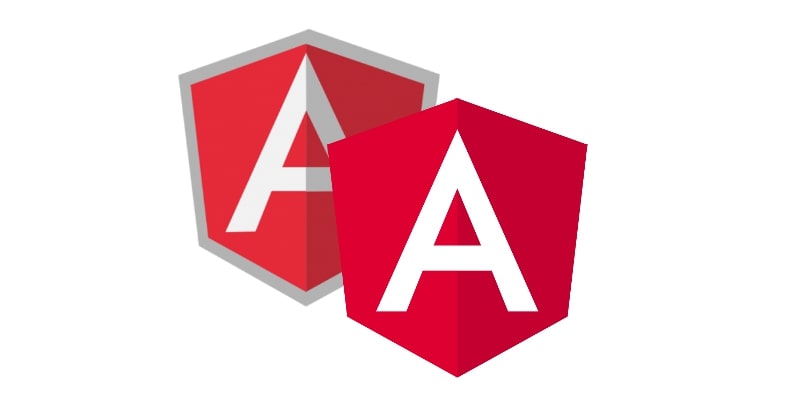
You may also like: Angular vs jQuery – Difference Between Angular and jQuery
2. Node.js
Node.js on the other side is a JavaScript runtime, enabling JavaScript to run on the server’s end. Designed with the V8 JavaScript engine, this framework can design high-performance applications for a better user experience. Not only that but there is also a non-blocking I/O model that can easily handle numerous page requests without affecting the app’s performance.
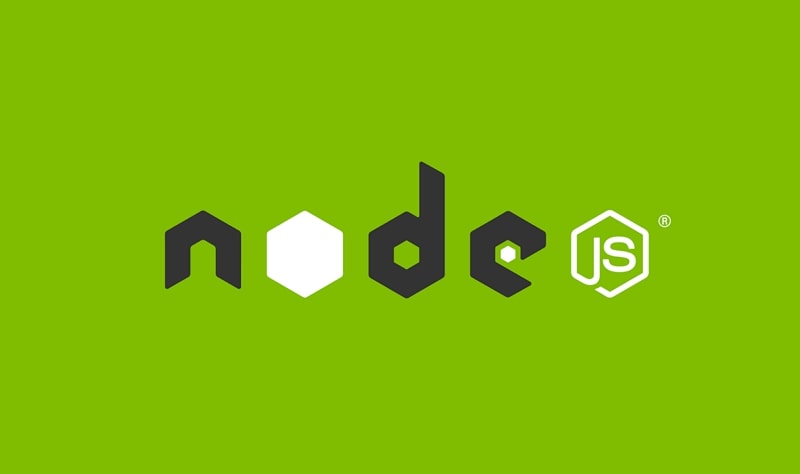
3. Express.js
It’s a web application framework for Node.js that makes server-side application generation seamless. To make front and back communication effective, developers can easily create APIs with Express.js. Furthermore, its minimalist design keeps the code organized and comprehensive, which can be easily maintained later.
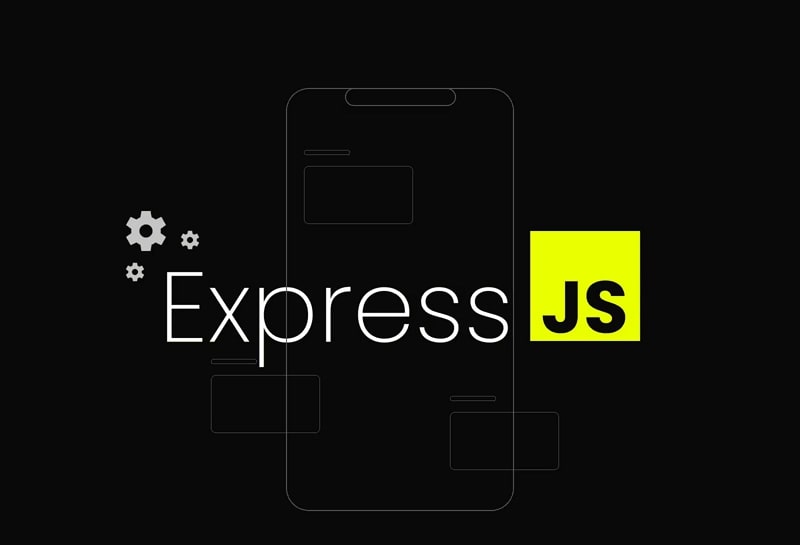
4. MongoDB
Lastly, MongoDB is a NoSQL database that stores data and retrieves intricate data structures in flexible formats like JSON. This capability makes this component suitable for applications that require frequent updates and complex data structures. Hence, without defining a fixed schema, developers can easily focus on app generation while updating the database simultaneously.
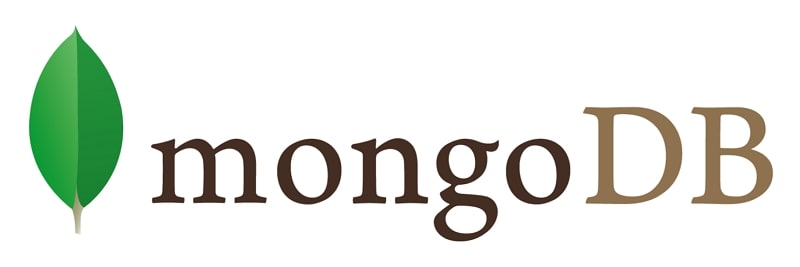
MEAN vs. MERN vs. MEVN: What’s the Difference?
MEAN, MERN, and MEVN are completely different terms, yet developers often get baffled by them. Thus, the following table covers detailed comparisons of their teams for clarity and understanding.
| Feature | MEAN Stack | MERN Stack | MEVN Stack |
|---|---|---|---|
| Definition | When talking about what is MEAN stack, it is a web development stack using MongoDB, Express.js, Angular, and Node.js. | A web development stack using MongoDB, Express.js, React, and Node.js. | MEVN Stack, on the other hand, is a web development stack using MongoDB, Express.js, Vue.js, and Node.js. |
| Components | MongoDB, Express.js, Angular, Node.js | MongoDB, Express.js, React, Node.js | MongoDB, Express.js, Vue.js. Node.js |
| Front-end Framework | Angular | React | Vue.js |
| Language | JavaScript | JavaScript | JavaScript |
| Data Binding | Two-way data binding | One-way data binding | Two-way data binding |
| Rendering | Client-side rendering | Client-side rendering | Client-side rendering |
| Learning Curve | Moderate; supports TypeScript | Moderate; requires learning JSX syntax | Generally easier; simpler syntax |
| State Management | Services and RxJS | Redux, Context API | Vuex |
| Use Cases | Enterprise applications, large-scale apps | Single-page applications, dynamic UIs | Progressive web apps, flexible apps |
When Can the MEAN Stack be Used?
MEAN stack can be used for various scenarios, which highlights the flexibility and power of this framework in a wide range of applications. Here, we have uncovered some situations where we can use it effectively:
- Real-Time Applications: Node.js and Angular provide the necessary capabilities for applications that require real-time data updates. Moreover, applications like chat apps and live dashboards benefit from Node.js’s non-blocking architecture, allowing them for real-time updates.
- E-commerce Platforms: MEAN stack is highly effective when developing E-commerce platforms that require complex data interactions. Furthermore, this framework can build scalable e-commerce solutions with dynamic product listings.
- Single Page Applications: When building single page applications that need dynamic content updates without full page reloads, Angular’s features fit greatly. Additionally, MEAN is ideal for SPA’s because of Angular’s ability to create vigorous user interfaces and manage routing efficiently.
- RESTful APIs: Enabling smooth communication between the front end and back end, the MEAN stack is best for creating RESTful APIs. Hence, for creating a RESTful API, this framework allows you to build and consume APIs seamlessly.
- Cloud-based Applications: Due to its flexibility and compatibility with cloud platforms, the MEAN stack is widely used in building cloud-based scalable applications. Besides, Node.js facilitates the easy implementation of real-time functionality, making it appropriate for applications such as live data streams.
Integrating Real-Time Communication and Video Calls with ZEGOCLOUD in MEAN Stack
If you desire to make your services compelling from any MEAN stack development company, ZEGOCLOUD is there. By leveraging cutting-edge APIs and SDKs, developers can boost the overall communication experience of their applications. To offer intuitive communication features, use its predesigned UI components and UIKits, which you can easily customize according to your preferences.
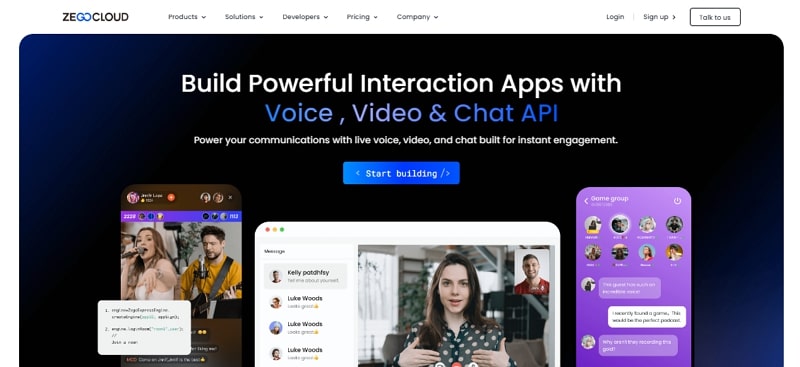
Furthermore, using video call SDK features such as face beautification tools, you can provide skin smoothing and face retouching options to your users with ultra-low latency of 300ms. Moreover, you can implement its AI voice cancellation tools in voice calls to offer your audience a unique experience.
Moreover, there is an intelligent voice processing feature that can adjust the volume of the speaker to ensure clear communication with the users. As far as chat features are concerned, insert push notifications feature in your web app, letting you notify offline users about important things. There comes a time when you have to access the user’s old conversation; hence, for quick reference, consider adding a message history feature.
Conclusion
In a nutshell, MEAN stack is a cutting-edge framework that uses essential components to make web development seamless. If you seek to make your application unique while developing apps, ZEGOCLOUD offers various APIs and SDKs. Therefore, explore ZEGOCLOUD products to learn what benefits you can avail from its real-time communication APIs.
Read more:
FAQ
Q1: What is MEAN stack vs full stack?
MEAN stack specifically uses MongoDB, Express.js, Angular, and Node.js, all in JavaScript. Full stack refers to any combination of frontend and backend technologies, not limited to JavaScript, and can include different programming languages and frameworks.
Q2: What are the advantages of using Node.js in the MEAN stack?
Node.js is a runtime environment that executes JavaScript on the server side. It offers non-blocking, event-driven architecture, making it ideal for handling large-scale, real-time web applications. Node.js ensures that the server can handle multiple requests efficiently.
Q3: Why is the MEAN stack popular for web development?
MEAN stack is popular because it uses a single language, JavaScript, for both client-side and server-side development, making the development process more streamlined. It also offers scalability, flexibility, and a powerful ecosystem of tools and libraries.
Let’s Build APP Together
Start building with real-time video, voice & chat SDK for apps today!


